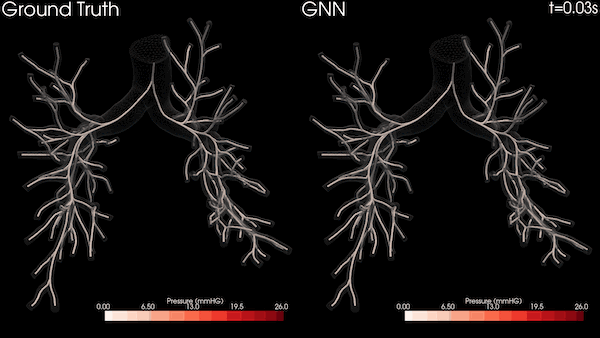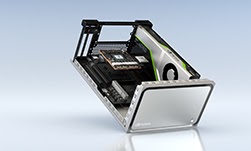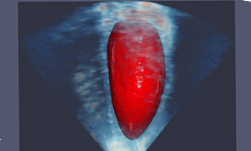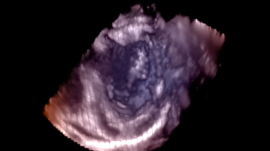Coronary artery disease affects more than two million people annually in the United States, and is the single largest health problem in the world. The condition is normally caused by plaque buildup, which leads the coronary arteries to narrow. To help doctors improve the efficiency of diagnosis, researchers from IBM are using high-performance computing, mathematics, and data to explore a new way to measure artery blockage.
“[We are] using virtual Fractional Flow Reserve (vFFR). vFFR involves the use of X-ray angiograms and Computational Fluid Dynamics (CFD), a method of modeling that combines mathematics and data to understand the movement of fluids and simulate blood flow in coronary arteries,” the team stated in a blog post.
The approach provides a noninvasive technique that allows a physiological assessment without the many factors that limit the invasive fractional flow reserve method.
“This simulation completely replaces the need for a pressure wire catheter, a requirement for patients undergoing traditional FFR, meaning patients are no longer required to undergo hyperemic agent injections,” the team explained.
Using NVIDIA Tesla V100 GPUs the team developed an approach that allows the vFFR simulations to be completed within one to two minutes. Previous methods took hours and sometimes days to complete. Now doctors can see the hemodynamic simulations generated by the high-performance computing system in near real-time.
“The speed in processing the model simulations, supported by IBM’s partnership with NVIDIA, could translate into considerable savings in manual labor, infrastructure and power efficiencies for clinicians and hospitals,” the IBM team said.
The team presented their work at the Computing in Cardiology Conference earlier this year.
Read more>
Painting a Clearer Picture of the Heart with GPU-accelerated Computing
Oct 22, 2018
Discuss (0)

Related resources
- GTC session: AI-Enabled MR Reconstruction: Doing More With Less
- GTC session: Poster Reception (Sponsored by Cadence)
- GTC session: Modeling Supraventricular Tachycardia using Dynamic Computer-Generated Left Atrium
- SDK: IndeX - Amazon Web Services
- SDK: MONAI Cloud API
- Webinar: Decoding Medical Images in AWS HealthImaging Using NVIDIA nvJPEG2000









